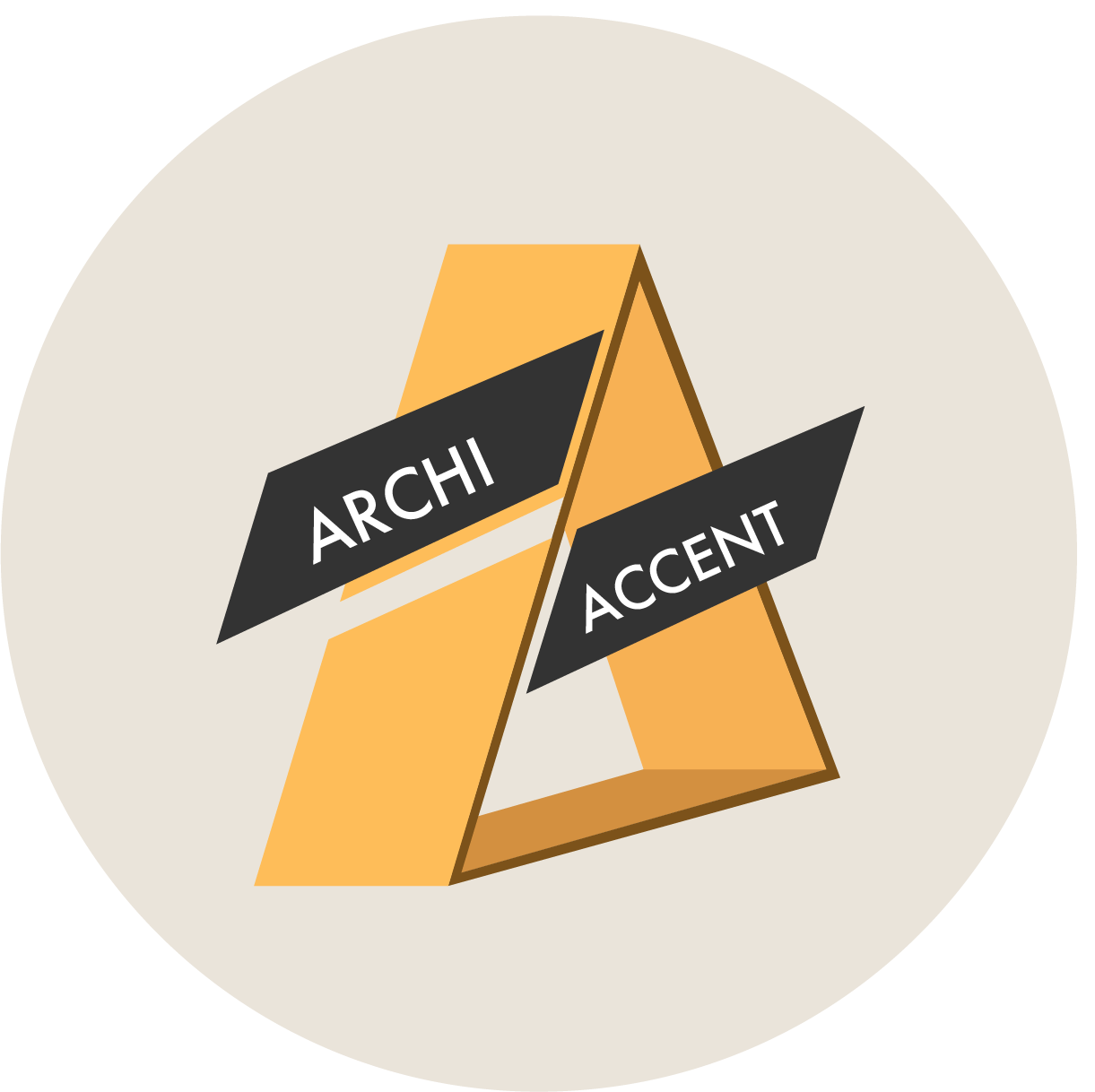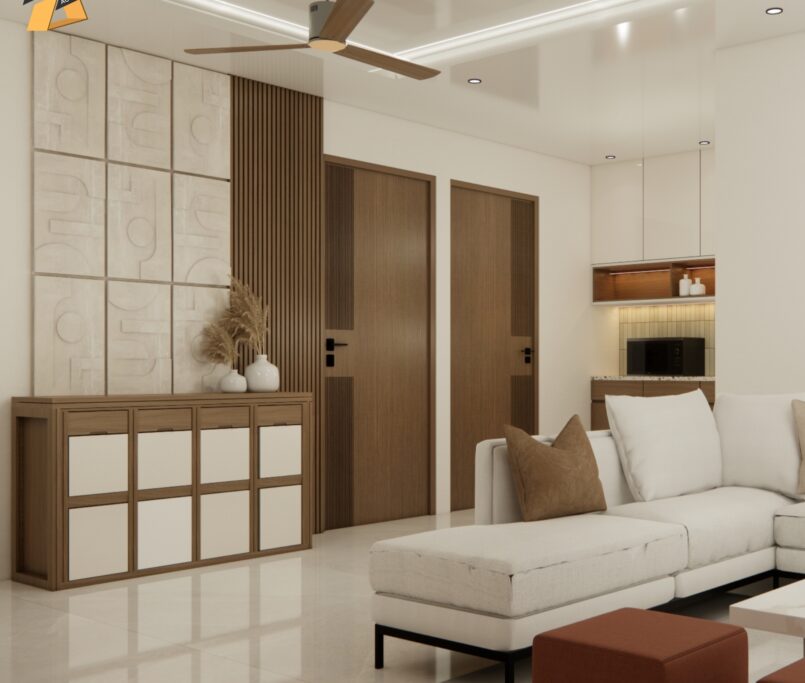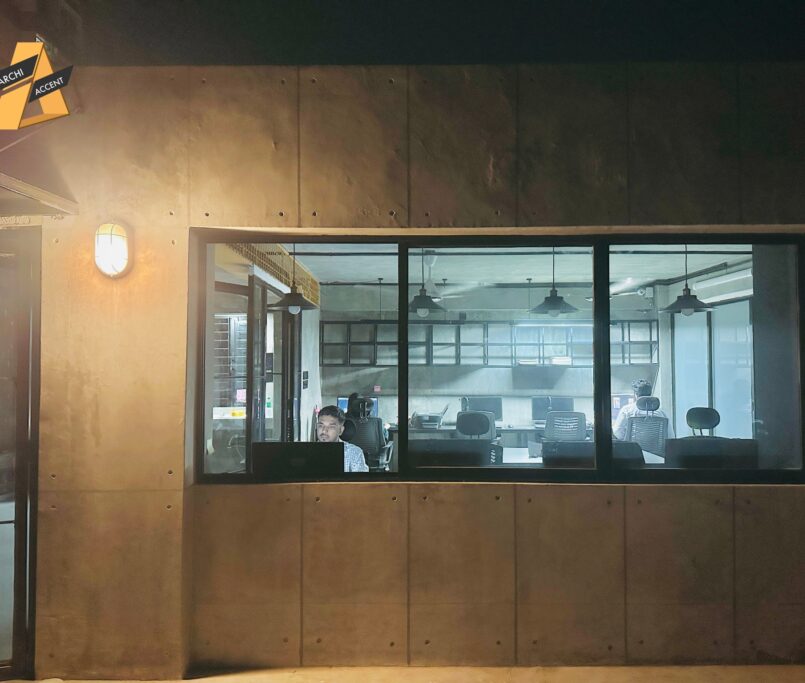Biophilic Design: Bringing Nature into Architecture
Biophilic design is an architectural approach that connects people with nature by integrating natural elements into buildings. This style enhances well-being, creativity, and sustainability. Examples include indoor gardens, green walls, and natural lighting in homes and offices.
Why Does It Matter Today?
As cities grow and green spaces shrink, biophilic design offers solutions:
- Improves Well-Being – Natural elements like plants and sunlight reduce stress and boost mood.
- Enhances Air Quality – Indoor greenery helps filter air and provides a healthier environment.
- Saves Energy – Designs that use natural light and ventilation reduce the need for artificial lighting and cooling.
- Increases Productivity – Studies show that natural surroundings improve focus and efficiency in workplaces.
Modern Uses and Challenges
Architects today incorporate biophilic design in urban settings with rooftop gardens, water features, and large windows. However, challenges like high costs and limited space can make implementation difficult.
A Solution for the Future?
Biophilic design can create healthier, more sustainable living spaces. By integrating nature into buildings, architects can improve both environmental and human well-being. As urbanization continues, designing with nature in mind may be the key to a greener future.
Tazkia Tahia
Media Content Executive of Archi Accent





